At first, it’s just your dog skipping a step. A small limp. Nothing big. Then, one day, they stop jumping onto the couch. Or they hesitate on the stairs. That’s how hip problems usually begin—quietly.
You don’t realize it’s serious until it’s already affecting how they live. And once it starts, it doesn’t go away. Medications, vet visits, and a heavy feeling that something fun has turned into something fragile.
Most people think this just happens, like a normal part of aging. But the truth is, some dogs are simply more likely to stay strong. They’re not immune—but they’re built differently. Smarter choices now can mean less heartbreak later.
If you’re someone who wants a dog that stays active, happy, and mobile for years, this guide will help. Because in the end, choosing the right breed can be the difference between a long life full of play and one cut short by pain.
Dog Breeds Least Prone To Hip Dysplasia
1. Australian Cattle Dog
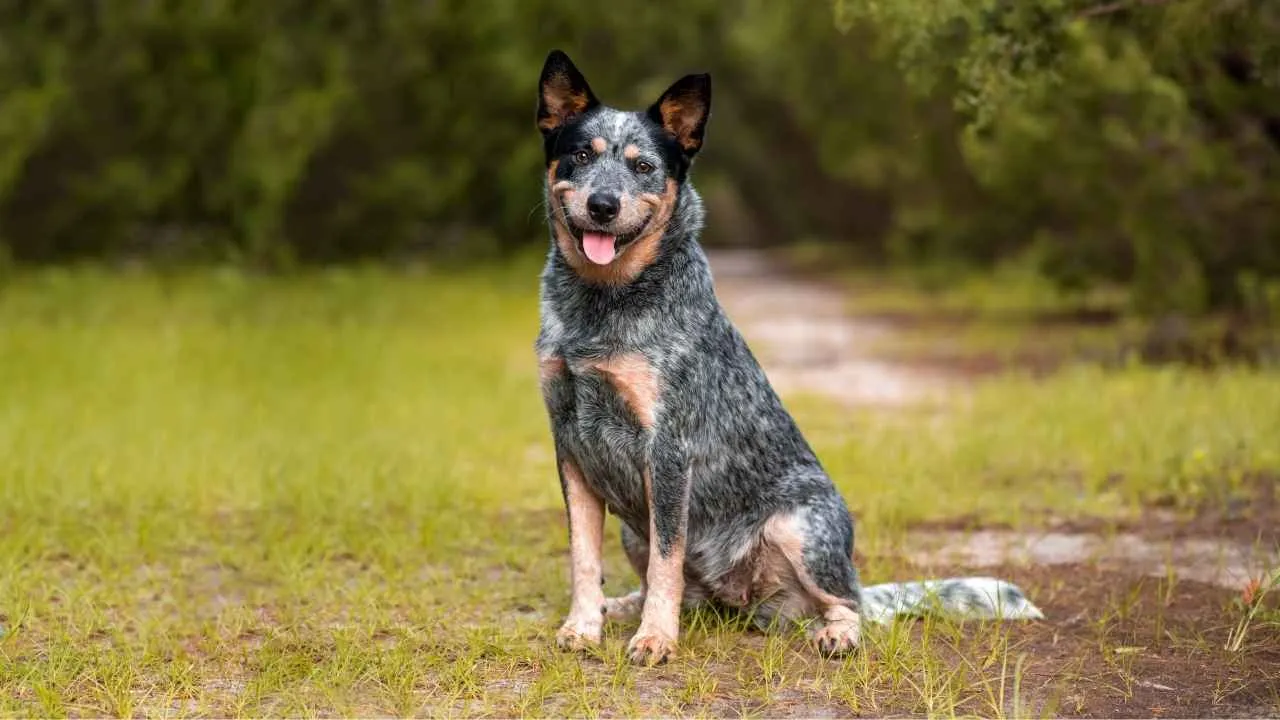
The Australian Cattle Dog was developed for long hours of herding across rugged terrain, which naturally selected for structurally sound hips and joints. Its compact, muscular frame gives it impressive agility without overloading its skeletal system. This physical efficiency reduces stress on the joints even in active adulthood.
Low risk due to selective breeding
Careful breeding practices have kept this breed’s orthopedic issues relatively low. It ranks among the top when it comes to breeds least affected by canine hip dysplasia, according to multiple vet-led studies. Their breeders have historically prioritized working ability over appearance, keeping the gene pool healthier.
Mental sharpness equals physical care
Their high intelligence often means they’re trained early, and well-trained dogs are less likely to engage in risky or overly strenuous movements, as Zealandia Pets highlighted. This behavioral factor plays a subtle but important role in joint health. Structured activity supports joint protection well into senior years.
Consistency is key to joint support
This healthy dog breed thrives on routine, benefiting from consistent, controlled exercise over random bursts of intense play. Daily movement strengthens supportive muscles, and the breed’s natural rhythm avoids overuse. Proper weight maintenance further lowers pressure on the hips and spine.
2. Siberian Husky

The Siberian Husky was developed by the Chukchi people for pulling sleds across frozen, unforgiving landscapes. This selective breeding emphasized efficient, fluid movement over brute strength. That physical design continues to support their strong hip structure and stamina even today.
Naturally Lean and Muscular
Huskies are compactly built, with a light frame that stays agile without excessive bulk. Their ability to maintain a healthy weight with proper diet and exercise reduces unnecessary strain on their joints. Muscle tone develops quickly in this breed, especially with consistent daily activity.
Built-In Joint Efficiency
One reason Siberians are considered healthy dogs is their nearly effortless gait — they move with a smooth, ground-covering trot. Their hips rarely show early signs of degeneration, common in heavier breeds. Studies have consistently placed them among the breeds least affected by canine hip dysplasia.
Physiology That Protects Their Mobility
These dogs don’t rely on brute force; instead, they conserve energy through skeletal efficiency. Their angulation and alignment support endurance over long distances without joint wear. They’re less prone to orthopedic issues when kept at a stable, healthy weight throughout their lives.
3. Belgian Malinois
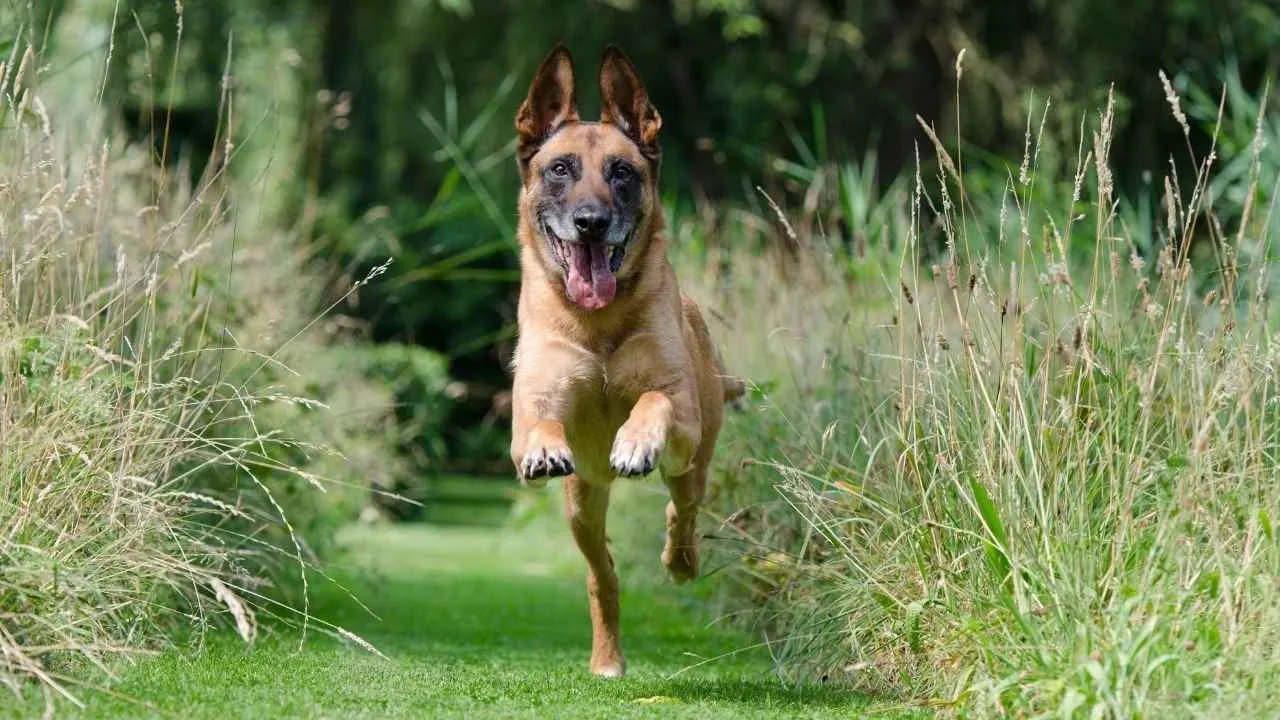
The Belgian Malinois has a compact, athletic build with clean, efficient movement that puts less pressure on joints. Their rear angulation is moderate, not exaggerated. This skeletal balance is one of the factors that helps reduce stress-related wear over time.
Endurance Over Excess Bulk
Bred for stamina and working long hours, Malinois aren’t overloaded with muscle mass like some giant breed dogs. Their lean structure supports agility without overburdening their hips. That makes them naturally equipped for rigorous tasks with fewer orthopedic concerns.
Careful Breeding Standards
In working lines, especially, breeders have prioritized joint health and long-term functionality. Routine screening has helped reduce the prevalence of hip dysplasia in dogs from certified lineages. Responsible breeding practices continue to protect the breed’s soundness.
Maintains Soundness with Age
Even as adults, Belgian Malinois remain agile and coordinated, which helps keep them off lists where canine hip dysplasia is more common. They’re generally healthy dogs when kept active, mentally challenged, and lean, all of which contribute to lifelong mobility.
4. Papillon
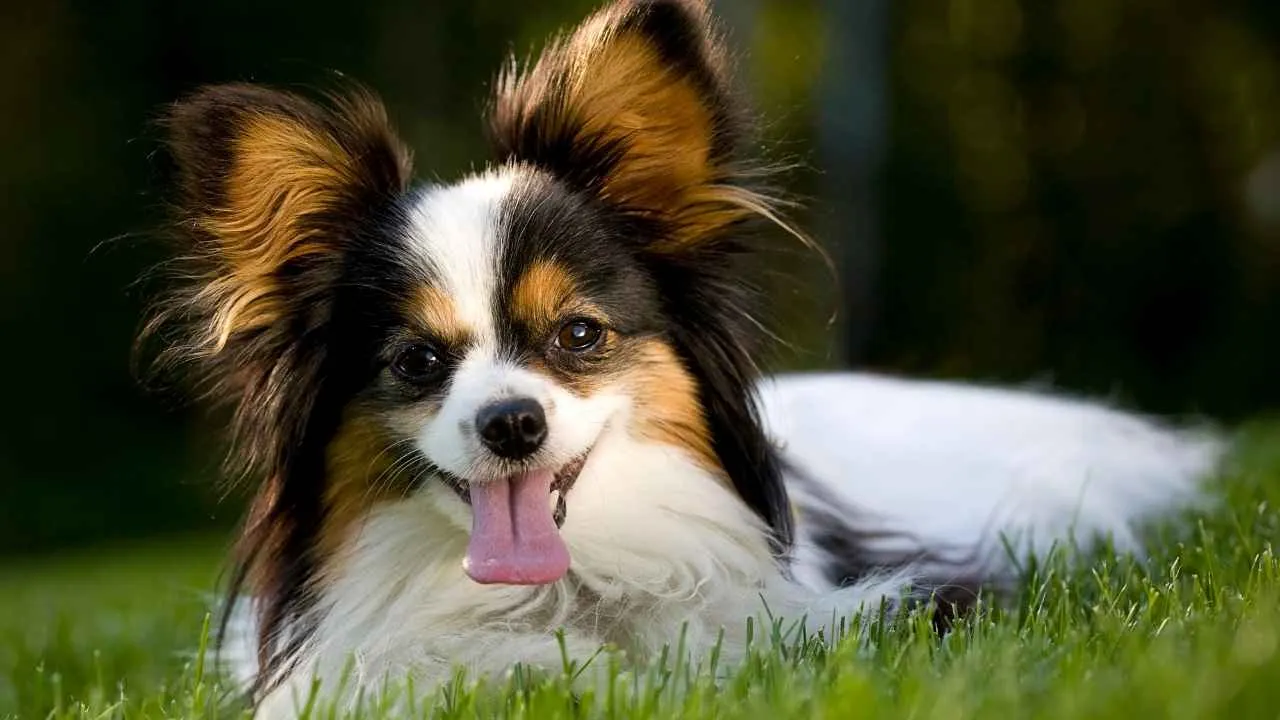
Papillons have a fine-boned structure that contributes to their nimble, almost floating gait. Their rear leg angulation supports smooth movement, reducing joint stress. This natural efficiency in their build plays a big role in minimizing the risk of developing hip dysplasia.
Muscle Tone Without the Bulk
Though tiny, Papillons are surprisingly strong in their hindquarters, with good muscle tone relative to their size. Their activity level—often running, jumping, and spinning—helps build supportive muscles without adding stress weight. That balance supports long-term mobility.
Durability Beyond Their Delicate Look
Despite their fragile appearance, they’ve historically excelled in agility and obedience competitions. This level of physical demand, sustained over the years, shows how well their bodies handle impact. It’s one reason they’re known as a dog healthy enough to stay active into senior years.
Good Compatibility With Other Dogs
Papillons tend to move confidently around other dogs, even larger ones, thanks to their balance and coordination. Their lightweight nature, typical of small dogs, keeps their joints under less pressure. That combination supports both social ease and orthopedic health.
5. Toy Poodle

The Toy Poodle’s petite frame and balanced proportions reduce excess strain on its joints. Weighing in at around 4 to 6 pounds, it doesn’t carry the kind of body mass that often contributes to hip problems in larger dogs. Its straight, square stance supports even weight distribution across the limbs.
Exceptional Muscle Tone
Beneath the curls, this breed has surprisingly well-developed muscles that support joint stability. Regular movement, through walking or play, helps the dog maintain its strength and flexibility over time. Their bodies are light, but not fragile, built for steady, confident movement.
Fewer Joint-Linked Health Issues
Among small breeds, the Toy Poodle consistently shows lower rates of orthopedic complications. While no breed is entirely exempt from health issues, studies rank Toy Poodles among the lowest-risk dogs for conditions like canine hip dysplasia. Their bone structure tends to hold up well with age.
Responsiveness to Lifestyle
Because they’re so in tune with their environment, Toy Poodles benefit quickly from healthy routines set by attentive pet parents. They adapt effortlessly to home-based activity, which limits wear and tear on their joints compared to more high-impact lifestyles seen in other breeds.
6. Miniature Pinscher
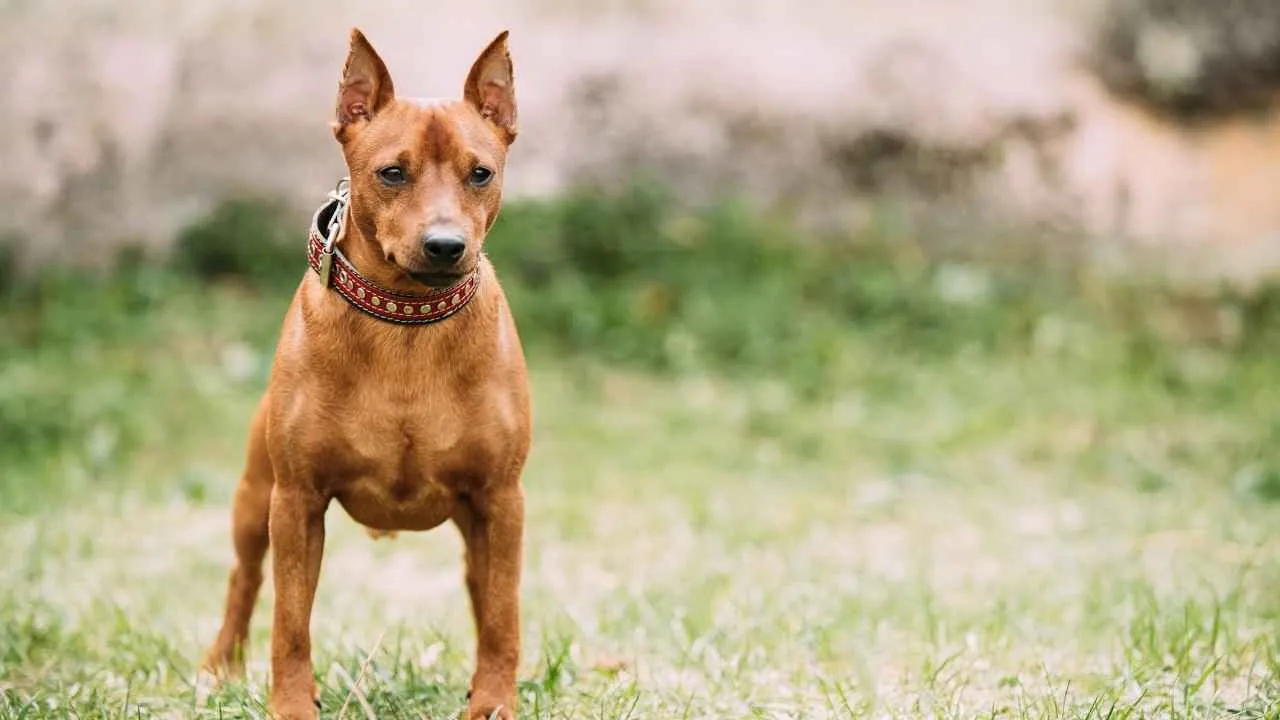
The Miniature Pinscher’s lean frame and strong rear assembly contribute to its ease of movement and balance, as the AKC stated. Its straight forelegs and tucked abdomen help distribute weight evenly, reducing strain on the hips. This anatomical structure plays a key role in minimizing the risk of joint-related health conditions.
An active lifestyle supports joint strength
These dogs aren’t built for lounging — they’re constantly in motion, with quick reflexes and a springy gait. Their high daily activity levels keep the muscles and joints well-supported. That kind of mobility reduces the stress that often contributes to early signs of canine hip dysplasia.
Bone structure is designed for durability
Miniature Pinschers have naturally tight hips and well-defined musculature, particularly in their thighs and hind legs. Their skeleton is dense for their size, which adds to their physical resilience. This sound skeletal makeup lowers the likelihood of structural issues as they age.
Confident but cautious around others
While they’re confident, Min Pins tend to be selective about interactions with other dogs and small animals. Their protective instincts are sharp, making them alert but not reckless. With early socialization, they adapt well and can be surprisingly good pets in active, attentive households.
7. Manchester Terrier
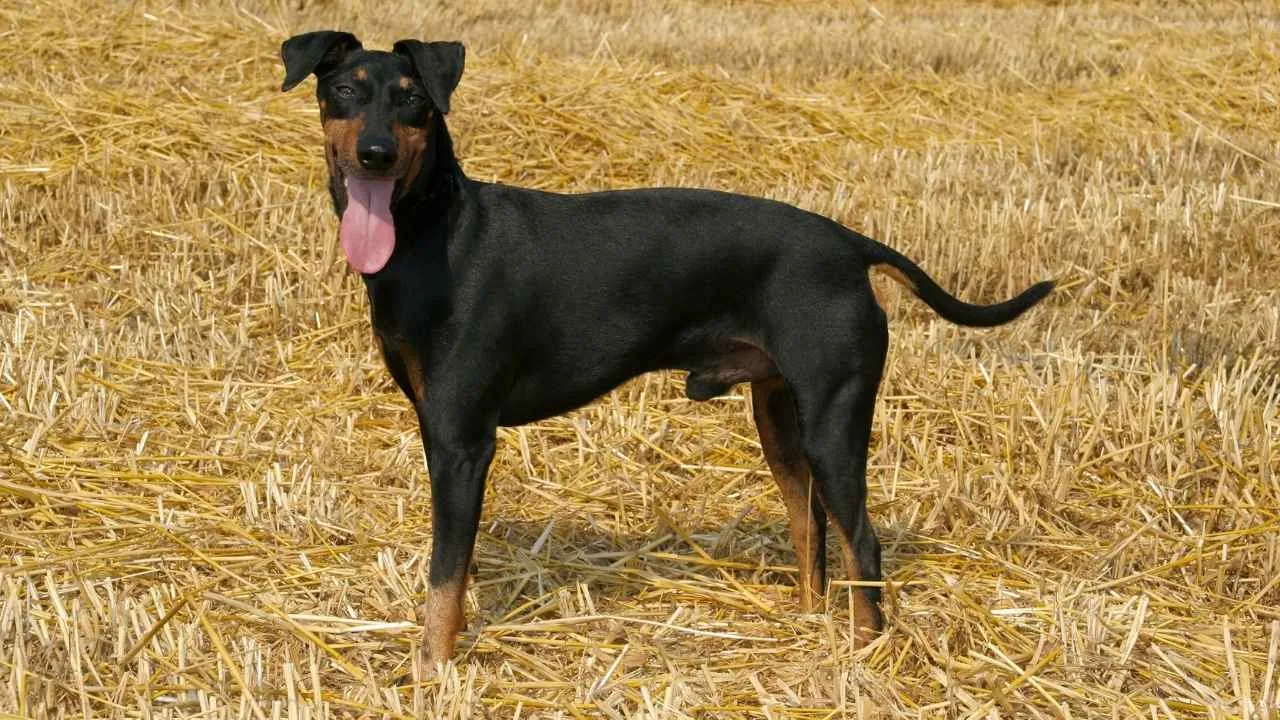
The Manchester Terrier has a sleek, athletic frame with tight muscle tone that supports efficient movement and control. Its body structure places less strain on the joints, reducing susceptibility to orthopedic problems. This physical design gives the breed a natural advantage in long-term joint health.
Energy That Supports Strength
Though compact, the breed has a strong work ethic and thrives with regular exercise in short bursts of focused activity. Activities like lure coursing or agility drills keep their muscles engaged without overloading their hips. Their agility also supports better joint preservation as they age.
Strong Tendons and Balanced Gait
The Manchester movement is quick, deliberate, and remarkably balanced. Their tight foot structure and arched neck contribute to a posture that evenly distributes weight. This balance helps reduce impact on the hips, making them a reliable choice for those avoiding canine hip dysplasia.
Pup That’s Built for Endurance
This pup is more than just quick; it’s built for endurance and consistent performance. While many breeds experience joint wear from repetitive high-impact motion, Manchester’s steady pace minimizes long-term stress. Their naturally upright posture adds another layer of protection for their joints.
8. Basenji
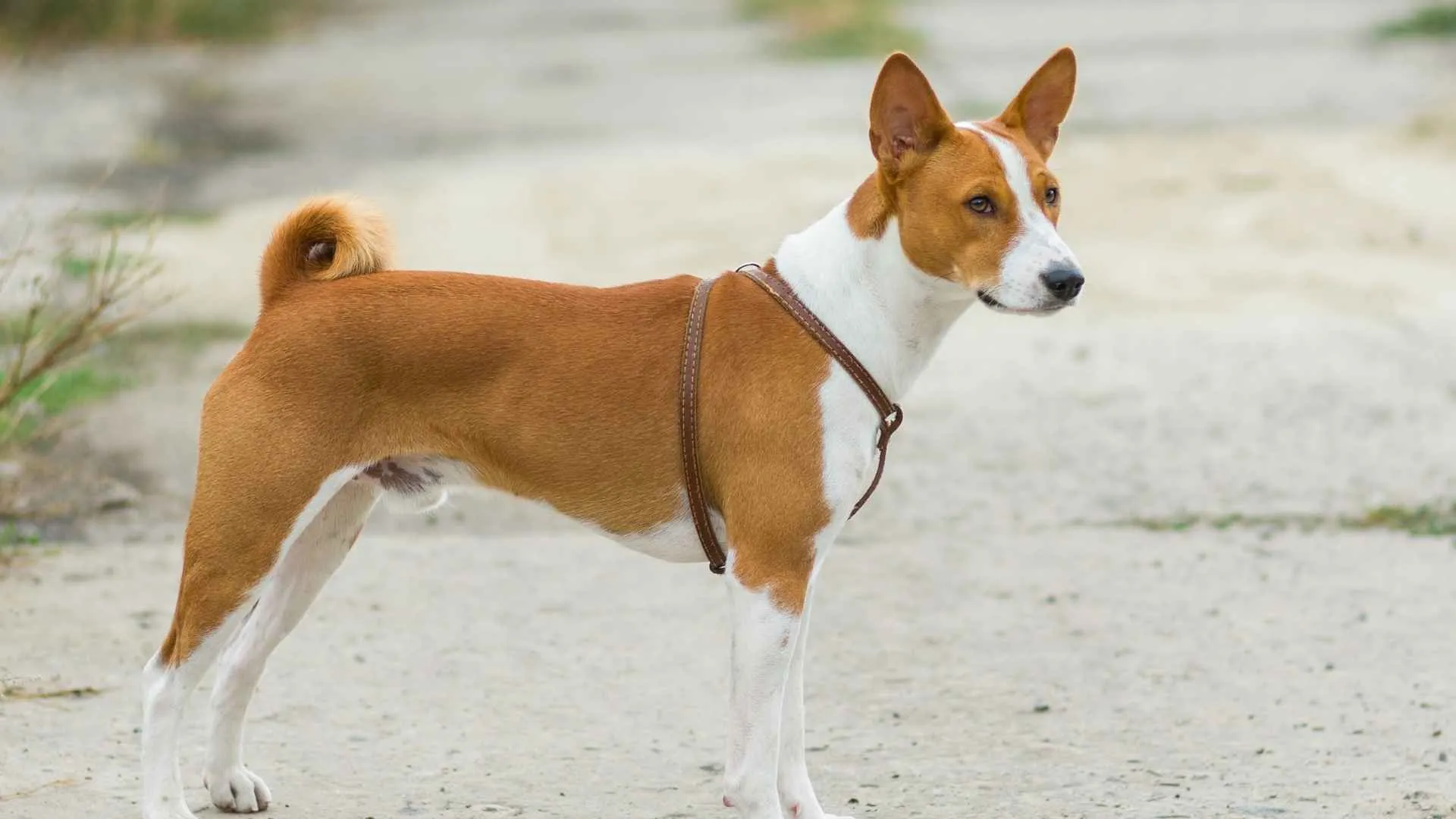
The Basenji’s build is lean, with tight muscles and a lightweight frame that puts minimal strain on the joints. Their fine bone structure supports fluid movement. This physical makeup is part of why they’ve remained largely free of structural joint issues.
Efficient movement from African roots
Originally bred in Central Africa, these dogs were used to hunt in dense forests and navigate rough terrain with minimal effort, as highlighted by the Basenji Club of America. Their gait is unusually smooth, with a springy stride. This efficiency in motion has helped preserve strong, joint-stable lines.
Instinct-driven independence
They have an unusually sharp prey drive and operate with a focused, almost catlike independence. Their behavior reflects high situational awareness rather than hyperactivity. This calm precision reduces repetitive stress on their frame over time.
Low-impact energy levels
Though they enjoy daily walks and occasional sprints, Basenjis aren’t constantly on the move. They’re selective with their bursts of energy, often choosing to rest rather than overexert. This pattern of controlled activity contributes to long-term joint health.
9. Greyhound
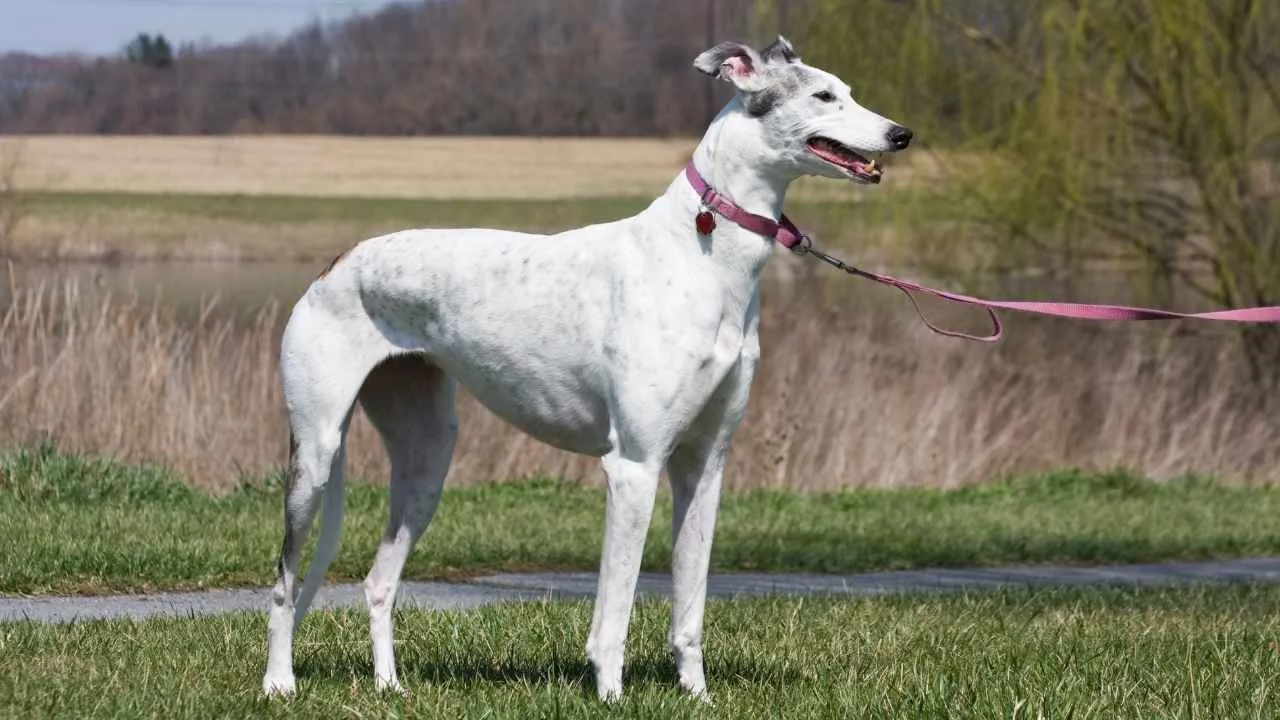
Greyhounds have an unusually narrow frame and long limbs, designed for sprinting rather than heavy-impact activities. Their lean muscle structure puts minimal pressure on their hips. This anatomical build contributes significantly to their low risk of joint issues.
Quiet Lifestyle Outside the Track
Despite their racing background, Greyhounds are calm and sedentary indoors. Their love for lounging actually protects their joints, reducing repetitive stress. They need regular walks but rarely demand prolonged physical exertion.
Low-Incidence in Orthopedic Data
Greyhounds also rank among the lowest in recorded cases of canine hip dysplasia. Their overall skeletal alignment and efficient gait help preserve joint health over time. This makes them a reliable choice for mobility-conscious owners.
Streamlined, Efficient Movers
Their single-suspension gallop allows both front and back legs to lift off the ground simultaneously, reducing jarring impact on bones. They conserve energy while running without overloading the hips. This natural efficiency helps maintain long-term musculoskeletal balance.
10. Whippet
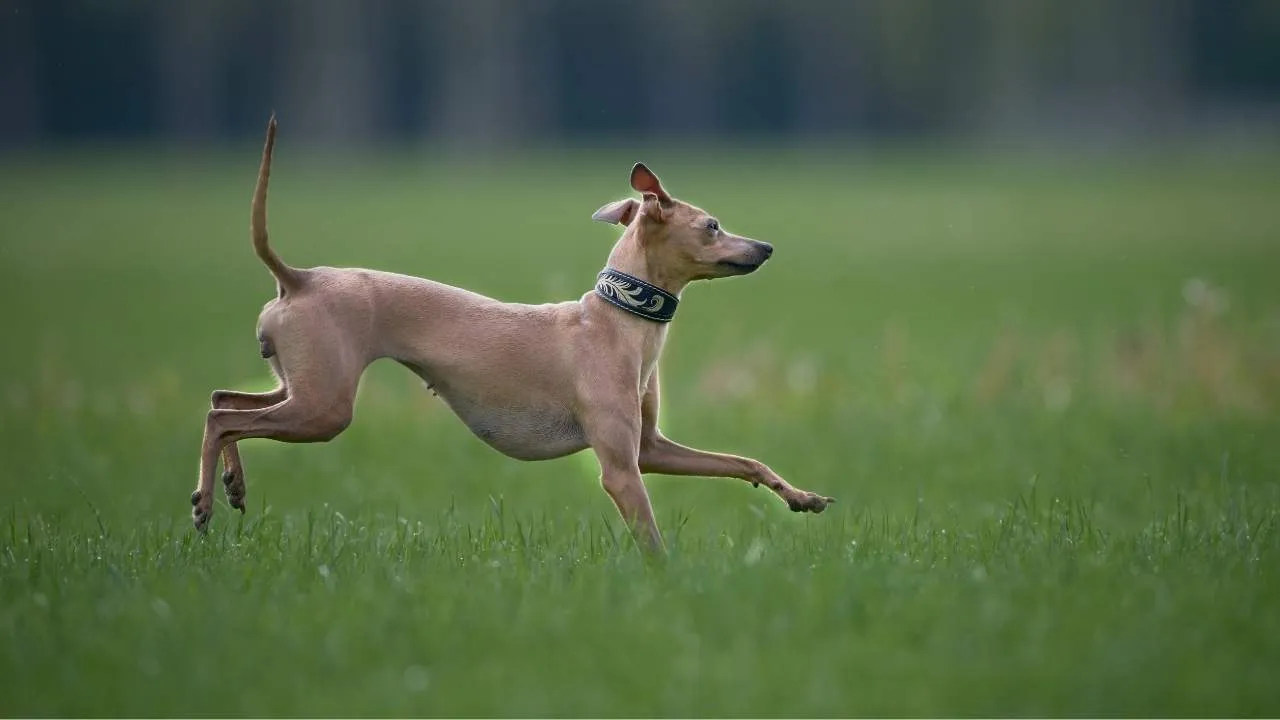
Whippets have an extremely lightweight frame and carry very little excess body mass. This helps reduce continuous stress on their hip joints during movement. Their natural structure plays a major role in their minimal risk for canine hip dysplasia.
Balanced energy without overexertion
Though quick and agile, Whippets aren’t built for constant high-impact activity. They prefer short, intense sprints followed by long rest periods. This balance prevents wear on their hips compared to breeds that require sustained endurance.
Natural muscle tone and flexibility
The breed’s muscular hindquarters offer both power and control, helping them move efficiently without overloading their joints. Their stride is smooth, almost floating, which avoids jarring impacts on their hips. That physical ease makes them a remarkably healthy dog breed.
Tidy, low-impact lifestyle indoors
Indoors, Whippets are clean, quiet, and not prone to jumping on and off furniture frequently. Their calm behavior at home further protects their joints long-term. Owners often notice how little repetitive strain these dogs place on their own bodies daily.
Conclusion
Your choice of breed matters more than you think. The wrong one could come with vet bills, mobility issues, and a slower life than you imagined. But the right one? That dog keeps up. Runs. Jumps. Ages gracefully.
Large breed puppies, while adorable, often need extra care to avoid long-term joint disease. That’s why understanding structure, genetics, and daily habits matters. Even mixed-breed dogs can have predispositions based on their lineage. These ten breeds give you a clearer head start—they’re built smart from the ground up.
And it’s not just physical health. Dogs that stay active also thrive mentally. With proper mental and physical stimulation, their whole well-being stays balanced.
Choosing a breed least prone to joint problems doesn’t guarantee perfection, but it stacks the odds in your favor. And when you love a dog that stays strong, happy, and mobile for years… you’ll know it was worth every ounce of research.


